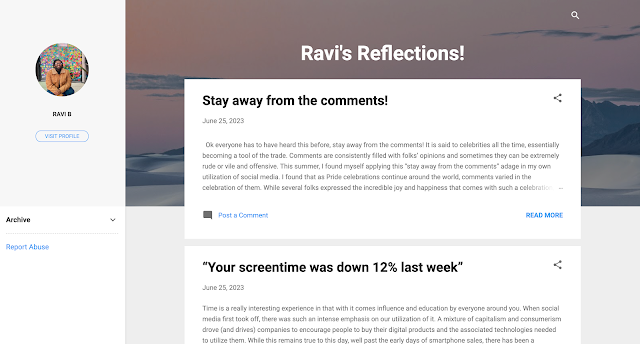Telegeek and Me
In Chapter 7 of “Networked”, Rainie and Wellman speak about the relationship between the digital age and work settings. It is an incredibly interesting chapter as it talks about the traditional work space wherein “fishbowls” and tightly situated office structures are replaced with “switchboards” structures that provide more accessibility and connection to the world economy (2013). This chapter particularly stuck out as it provided a glimpse into the very real economic world we are in where technology is required.
This chapter made me think about the Pandemic and the reliance businesses had on technology during that time. The chapter mentioned the increase to 9.2 hours a day in 2010 regarding internet usage at work and that time feels almost trivial as we look at it now (Rainie and Wellman, 2013). Not only during the pandemic, but ever since the days when everything happened at home, technology has had such a distinct and noticeable influence on everything we do. From the way we communicate to the way we are distracted at work, technology likely has something to do with it. The chapter also speaks about the divide that exists within the work space between folks who are accustomed to more traditional fishbowl spaces versus folks who are used to digital space. This divide continues to develop as technology does, but ensuring that there is education and opportunity available for folks to thrive within their work space is essential.
The chapter describes the Telegeek and I must say that I certainly can identify as a telegeek. While I grew up surrounded by technology, and certainly use it in the work space, I feel like there is not an option but to use it. It is so engulfed within my graduate assistantships, I have a dependence on technology just as I do on my assistantship. Think about it, don’t you?

Hi Ravi, I have to agree with you that technology has become more of a necessity than ever. I would even go to the extent to say that it has become a requirement for us to subsist and participate actively in society (i.e., in school or in our own professions). Take messaging applications like WhatsApp and Telegram for example, it has opened up so much convenience for us to set up group chats to coordinate meeting agendas or even social gathering. All this is largely attributed to the technology that has evolved over the years.
ReplyDeleteThe divide becomes even more prevalent as today we are seeing a diversity of generational workforces within a workspace. I thought it important for organizations to seek ways (e.g., tailored training sessions to upskill their knowledge in using technology) for the more 'traditional workforces' to remain relevant in the workspace. It can be challenging at times, but my personal experience thus far in guiding and teaching them has been good, if not better for the workplace as we also develop better relationships with one another!